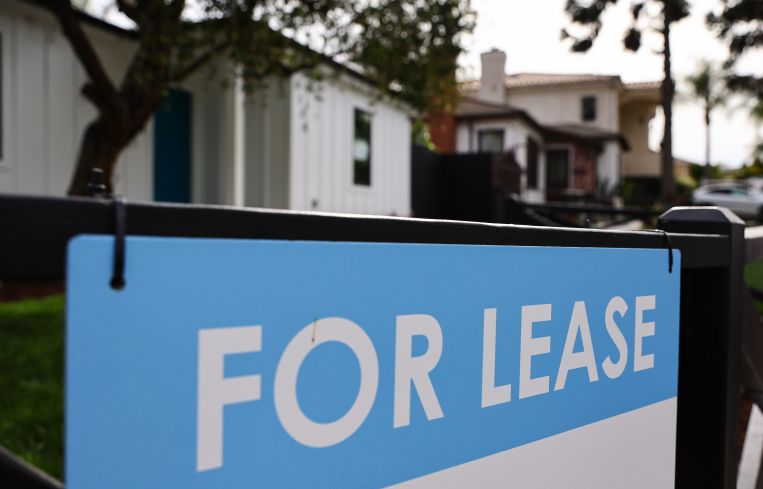U.S. Housing Market Sees Record Share of Individual Investor Activity
By Michael Lucarelli October 9, 2025 10:21 am
reprints
In recent years, the U.S. housing market has witnessed a significant shift. While institutional investors have long dominated real estate acquisitions, a growing number of individual investors are making their mark. This trend is reshaping the landscape of property ownership, with implications for affordability, community dynamics and the broader economy.
In 2024, individual investors accounted for 59 percent of all investor home purchases, marking the highest share recorded in Realtor.com’s history, according to data from the platform. These small investors, typically owning 10 or fewer properties, acquired approximately 361,900 homes that year, reflecting a 3.7 percent increase from the previous year, according to industry data.
This uptick in individual investor activity is particularly notable given the broader market conditions. As home prices and mortgage rates remain elevated, traditional homebuyers have faced increased affordability challenges, leading many to step back from the market. In contrast, investors have capitalized on these conditions, with some builders offering discounts to offload excess inventory, especially in markets such as Texas and Florida, according to research from Realtor.com.

A key factor driving this surge is the rise of property technology, which has played a pivotal role in helping to democratize access to real estate investment tools. This is enabling individual investors to manage properties, screen tenants and handle finances with greater efficiency. This technological empowerment has lowered the barriers to entry, allowing more people to participate in the real estate market, according to industry experts.
The rise of individual investors has several implications for the housing market. On one hand, it introduces more competition, which can drive up already elevated property prices and rents. On the other hand, these investors often fill critical gaps in the rental market, providing housing options that might otherwise be unavailable.
Many small-scale landlords focus on affordable or mid-range rentals, helping to meet demand in neighborhoods where large institutional investors may overlook smaller properties. Their presence can contribute to neighborhood stability and create a more diverse mix of housing options, ultimately supporting local communities by keeping a portion of the rental market accessible to those who may not qualify for high-end units.
So-called mom-and-pop landlords, typically defined as individuals owning 10 or fewer properties, own more than a third of all rental housing units in the United States, according to data from the Urban Institute. These small-scale landlords often rent comparatively lower-cost housing to relatively low-income tenants, making them a significant source of unsubsidized affordable housing.
In California, for instance, nearly 27 percent of home purchases in 2025 were made by investors, with smaller investors accounting for 85 percent of investor-owned homes, according to recent industry data. While this trend has raised concerns about affordability, it’s important to recognize that these smaller investors often provide rental options in areas where housing supply is limited, thereby playing a crucial role in meeting local housing needs.
Michael Lucarelli is the CEO and co-founder of RentSpree.



